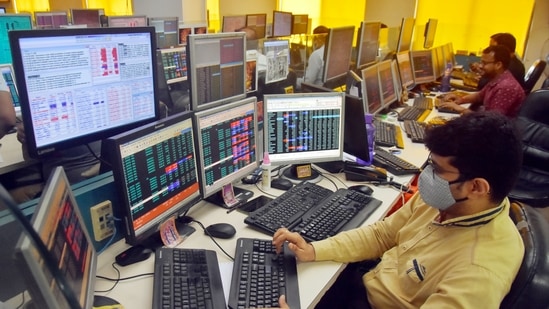The global trade map after Covid-19
What next for global companies, investors and policymakers? The article has been authored by Alexis A Crow and Samir Saran.
In the wake of rising protectionism over the last half decade, the sudden economic stops wrought by Covid-19, the corollary disruptions of supply chain activity, and shocks to supply and demand, commentators from across the globe have trumpeted the ‘end’ of globalisation. Indeed, even predating the populist movements in the United Kingdom (UK) - culminating in the Brexit referendum - and in the United States (US), resulting in the Trump era of tariffs and US withdrawal from trade agreements - some economists had forecasted a plateauing and eventual tapering of globalisation. With the shift from the old to the new economy - that is, growth in services activity and employment - experienced by many advanced economies (including the US, the UK, and the Netherlands), less goods - or volume of merchandise - are being moved around the world.

This carries with it certain implications, as the manufacturing and industrial eras associated with the production of goods have significantly boosted national incomes within domestic borders. Additionally, competitive export of these goods to foreign markets has further contributed to both domestic as well as global economic growth. Looking beyond goods, cross-border exchanges of services (such as travel, IT, and legal and professional services), as well as flows of finance, and exchanges of human capital have been integral components of the globalised business landscape, critical for building business, profit, and generating returns.
With the future of trade hanging in the balance, what’s in store for corporate executives and investors? For many businesses—even those with a predominantly domestic sales base—have often relied on the process of globalisation in order to create wealth, ultimately translating into boosting economic growth and employment. Will ongoing trade tensions—as well as reactions by governments to onshore production in the wake of the Covid-19 pandemic—actually prove to be the end of the multi-decade process of globalisation as we know it?
As we shall see in Part I of this report, for companies and investors involved in the exchange, transmission, and sale of goods, services, technology and finance, globalisation endures. Granted, the landscape has dramatically shifted, and executives should be nimble and agile in navigating the new environment, which is currently in a state of flux. In Part II, we explore potential solutions for global cohesion, including the digital and green agendas, and the model of Asia. In terms of solutions, it is important to note that policymakers will also have to do their part, both by implementing domestic policies in order to address socio-economic imbalances within their borders, as well as by reforming the global trading architecture, and by fostering conduits of dialogue and collaboration at a regional and a global level. But before we progress to explore solutions and opportunities, how did we get here?
You can access the full study here
(The article has been authored by Alexis A Crow and Samir Saran.)
All Access.
One Subscription.
Get 360° coverage—from daily headlines
to 100 year archives.



HT App & Website







